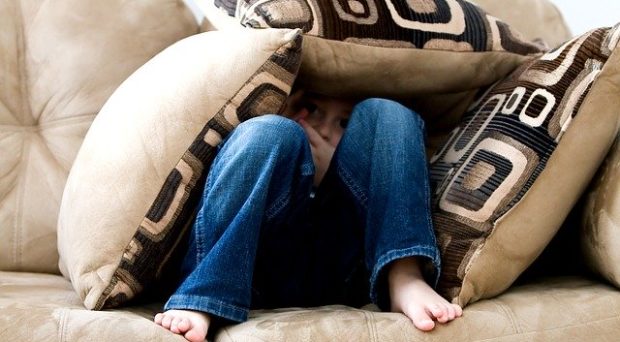
Adverse childhood experiences related to negative health outcomes
As researchers, we often try to pinpoint the causes of negative outcomes in adults. What factors contribute to obesity? What about heart disease? Why are some people more prone to depression and anxiety while others are not? Surely it is not random chance why some individuals are more prone to these outcomes while others are not.
While each outcome may be linked to something specific (i.e., a person’s chance of getting lung cancer increases exponentially if they smoke), there is one factor that has been linked to a variety of negative outcomes like lung cancer, heart disease, anxiety, depression, obesity, unemployment, divorce, and even poor athletic performance.
What’s the factor that is linked to all of these outcomes? The term is called “adverse childhood experiences,” or ACEs for short.
In the 1980s, a researcher named Vincent Felitti ran an obesity clinic in California. Around 50% of the participants dropped out, while the other 50% successfully completed the program. He decided to interview many of the dropouts, and found a common theme: Nearly all of them experienced some form of sexual, physical, or mental abuse as children. Interviews from the group that completed the program revealed only a very small percentage reported the same abuse.
Felitti eventually collaborated with a colleague, Robert Anda, in a large study of 17,000 individuals. In that study, Felitti and Anda identified eight domains of ACEs: physical abuse, sexual abuse, emotional abuse, parental separation/divorce, interpersonal violence, incarcerated family member, family mental illness, and family substance use.
Regardless of the event, Felitti and Anda found that the more numerical experiences an individual had, the more likely they were to have negative outcomes as adults. Essentially, every person has an ACE score, ranging from 0 (no adverse events before the age of 18) to 8 (adverse events in all 8 categories).
All this said, public health researchers and practitioners in all areas of prevention/intervention (e.g., mental health professionals, substance abuse counselors, etc.), have been trying to develop programs which either 1. Limit the number of ACEs people have, or 2. Help people deal with their ACEs as adults in order to help lessen their effect.
Our study
This is where our recent article titled, “The Frequencies and Disparities of Adverse Childhood Experiences in the U.S.” published in BMC Public Health helps advance the field of ACEs. In the article, we collected the most comprehensive ACEs dataset to date: 211,376 adults across 34 states.
Over half (58%) of all participants experienced at least one ACE.
The study helps shed light on precisely who is at-risk for higher ACEs. We report several noteworthy findings.
- Over half (58%) of all participants experienced at least one ACE.
- Almost one-quarter (22%) experienced three or more ACEs.
- Women were more likely to experience ACEs compared to men
- Black, Hispanic, and Multi-racial individuals were more likely to have more ACEs compared to White individuals.
- People who identify as a sexual minority (lesbian, gay, or bisexual) were more likely to have more ACEs compared to heterosexual individuals.
Future implications
So what does this all mean? There are several implications to the study. First, the more we know about ACEs, the greater the chances we have in both preventing ACEs and lessening their effect. Next, ACEs are not equally distributed amongst the general population. Some groups have a higher likelihood of experiencing ACEs, making them uniquely more prone to negative outcomes due to ACEs. Having insight into which groups are particularly vulnerable to ACEs is helpful for professionals that work in fields dealing with the repercussions of ACEs (like mental health counselors). Knowledge about which groups have a higher likelihood of ACE exposure will aid in tailoring programmatic responses to these groups.
For more information regarding ACEs (including the ACEs questionnaire), see the Centers for Disease and Prevention’s (CDC) page on ACEs with additional links and resources.
Comments